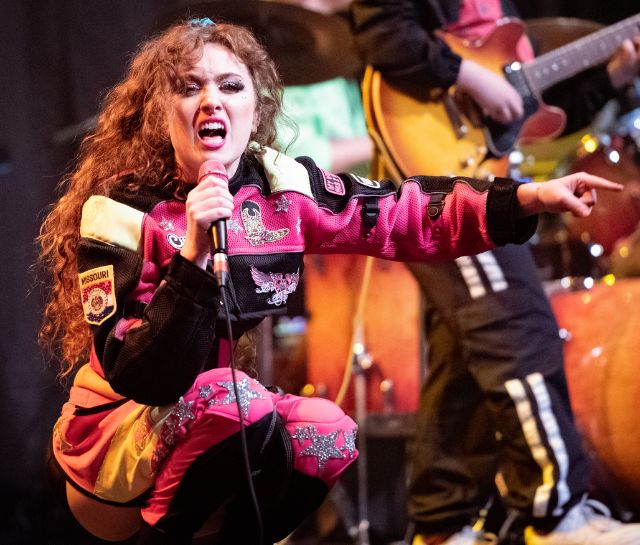Gay pop refers to a genre of pop (popular) music that is used to empower or share LGBTQ+ voices within the music industry. Currently this term is being used more and more often particularly following a controversy where previous Dance Moms star, Jojo Siwa, claimed her new music from her music career ‘created’ the genre of gay pop. However, this term is also being used more in a more positive light as the genre has reached new heights of popularity in 2024.
History of Gay Pop
Gay pop is certainly not a new genre of music and has been used as a form of expression for long before 2024. The music has been a foundation for the pop culture that has formed around the LGBTQ+ community. This genre was mostly founded by male artists such as Freddie Mercury, Prince, Elton John etc. As the 70s rolled around more men were accepted and widely celebrated within pop music, however there was often controversy surrounding their sexualities. A prime example of this was David Bowie who refused to confirm or deny their sexuality and were often pestered by interviewers for a clear answer. This happened most notably in an interview where the interviewer asked David Bowie whether his shoes were “women’s shoes, men’s shoes or bisexual shoes” to which Bowie simply replied, “they're shoe shoes, silly”. This incessant need to know these men's sexualities shows they weren't always just simply accepted for who they were however people still accepted their music. This created a gateway for future expression for artists and meant that, although they could not make people accept their sexualities, there were positive steps in the right direction as there was more positive representation for young queer artists at this time.
Throughout the 2000s this gay pop began to be more embraced not just by members of the LGBTQ+ but by everyone. In the early 2000s Lady Gaga released the song “Born This Way” which was made to empower the LGBTQ+ community. Similar to Bowie, she never confirmed or denied she was a member of the community despite being asked regularly. However, this interrogation was less supported by the general public and was more frowned upon for an interviewer to do at this time which showed progress within social norms. From this point gay pop culture became such a prevalent part of pop culture in general that even straight artists began creating what were referred to as ‘gay pop anthems’ and were creating music that was embraced by the LGBTQ community. Overall, the music genre known as gay pop has been around for a long time. It has been a great way for people part of the community to spread awareness or express themselves and created a gateway for gay culture to be more widely accepted and tolerated.
Why has the term gained such popularity recently?
There was a recent controversy which shed a light on the term ‘gay pop’ and sparked conversation earlier this year. This involved previous Dance Mom’s star Jojo Siwa. She had started a new music career which was already facing controversy due to her large rebrand. She was already beginning to be hated as she was accused of stealing music and the rebrand was considered insincere, people believed it caused more harm for the image of the LGTBQ community than good. She added fuel to the fire when in an interview with Billboard she claimed she went to her music management and said she wanted to “start a new genre” known as ‘gay pop’! This caused outrage when people clearly pointed out that artists had been doing this for years, introducing more people to discuss the idea of ‘gay pop’.
However, the conversation was not just started for negative reasons. There has been a huge surge in LGBTQ artists this year taking over the charts and the controversy only shed light on the great artists who have been partaking in this genre this year.
Some of these artists are new to the charts; we have seen with the rapid rise of the artist Chappell Roan this year and her popularity of her album ‘Rise and Fall of a Midwest Princess’ and her single ‘Good luck, Babe’. Chappell Roan was new to the charts but not new to the industry but never had a breakthrough moment until this year. She had been opening for Olivia Rodrigo on the Guts Tour, had amassed even more fans from that, but she truly skyrocketed into fame when she headlined Coachella in April of this year. Since then, she has won Best New Artist at the VMA’s and credited her win to the LGBTQ community. However, she hasn’t just been embraced by the community as her single ‘Good luck, Babe’ has charted number 10 on the billboard Hot 100. Chappell Roan is known to have influences of drag in her art and how she dresses herself for performances with many drag queens referring to Chappell as one of them. Drag has definitely become a defining part of pop culture and can still to this day be stigmatised. Chappell Roans use of drag is beginning to break down the barriers of drag culture.

Other artists topping the charts this year are Billie Eilish who recently came out before releasing her new album ‘hit me hard and soft’, Clairo with her new album ‘Charm’, Renee Rapp (an artist who has been around for a while however gained a strong following after being casted as Regina George in the Mean Girls musical movie), Towa Bird with her recent album ‘American Hero’ and Troye Sivan (who is currently on the sweat tour with Charli XCX). But these LGBTQ+ artists aren't the only ones that have skyrocketed the popularity of ‘gay pop’ as other artists have been embraced by the LGBTQ+ community too. An example of this is Charli XCX whose new album ‘brat’ has been incredibly popular this year. Despite her not being a part of the community, her music has still contributed to LGBTQ+ pop culture.
Importance of Gay Pop
In my examples, you may not have even recognised these artists as creating gay pop and that's because of the integral part of our pop culture it plays today. From the ‘I want to Break Free’ by Queen music video to ‘brat summer’, gay pop culture becomes more and more intertwined with pop culture each day to the point where it's so mainstream there isn't much of a difference. This allows the LGBTQ+ community to be more celebrated and have more representation for younger members of the community. This idea of representation from young people's favourite artists does a world of good for the mental health of young people who may be LGBTQ+ and makes them feel less excluded and instead celebrated for who they are. This genre of music is so important to empower LGBTQ+ voices and the rise of gay pop in 2024 can only have positive consequences for the future.


 Website By Rejuvenate Digital
Website By Rejuvenate Digital